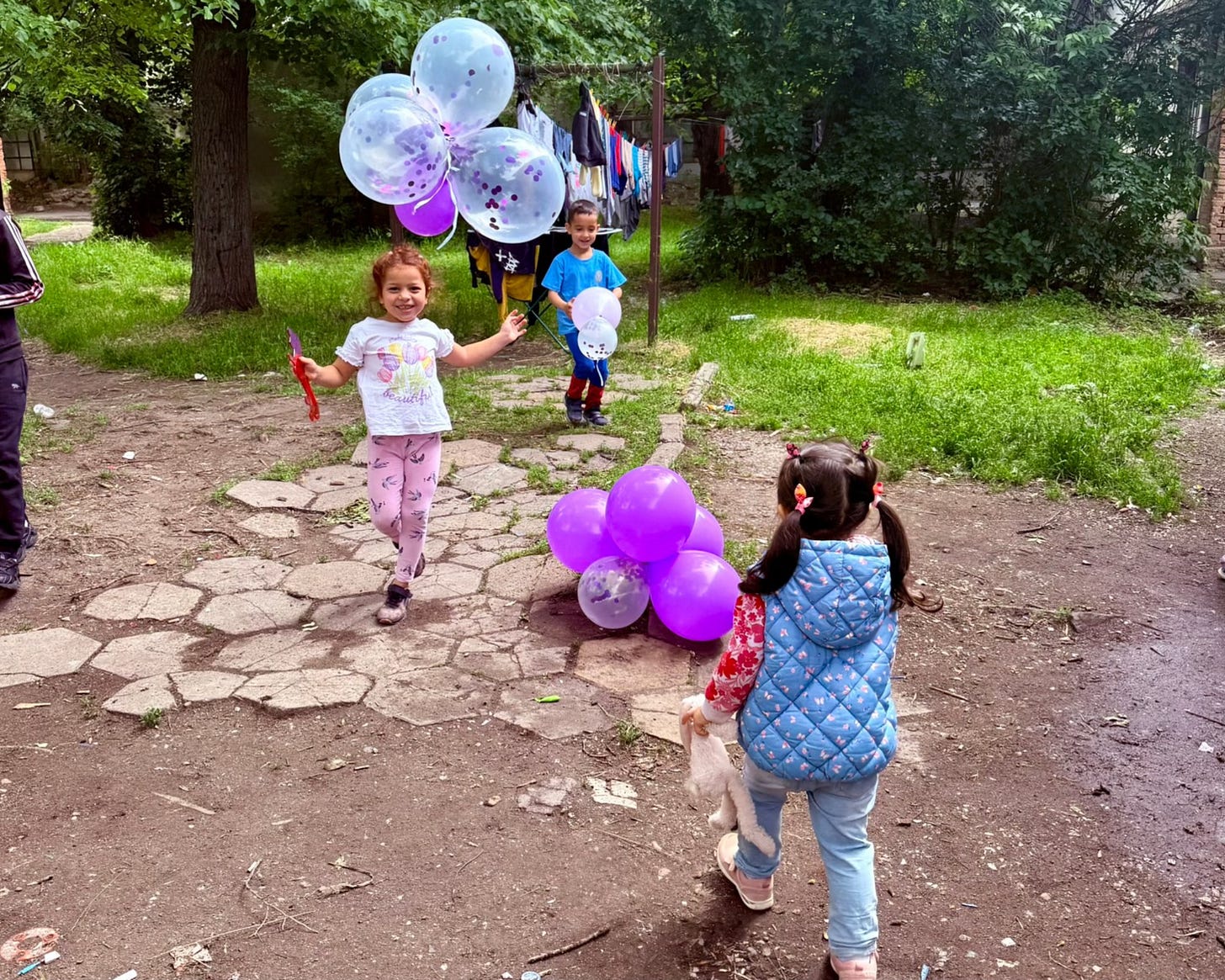
The social housing buildings in Zaharna Fabrika, Sofia, are protected as cultural heritage. They were originally built as residential buildings for factory workers and the entire area has a distinct architectural vibe. On the outside, these houses are beautiful. Many movies have been filmed here: in fact, quite a few times we discovered, when watching a random movie, that the background is in fact Zaharna Fabrika - the place the two of us met and fell in love, the place that has housed so much joy and tragedy for Pepi’s tribe.
While the houses are stunning on the outside, the inside story is very different. Holes in the walls and roofs, frequent power cuts, no place to shower, frequent interruptions in the water supply, mold-infested rooms. After the demolition of dozens of Romani homes in 2017, the families were placed in these houses and …



